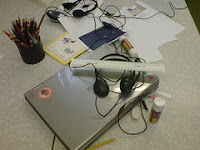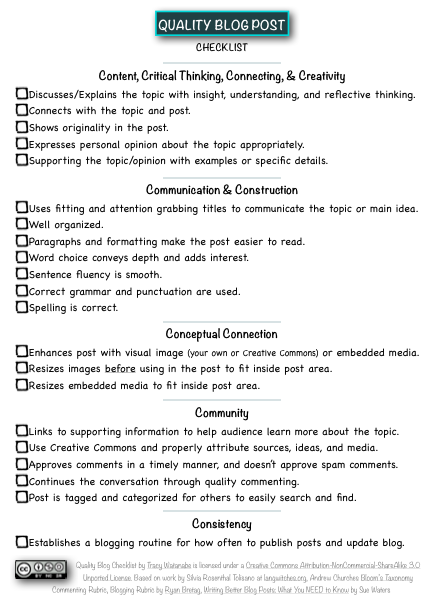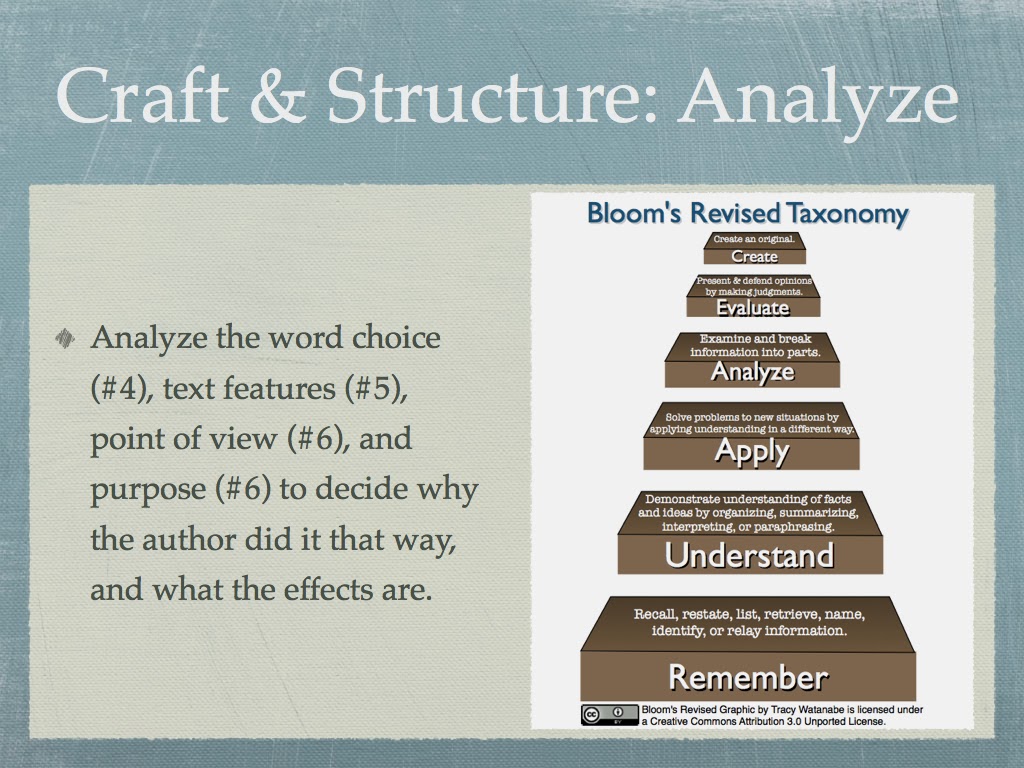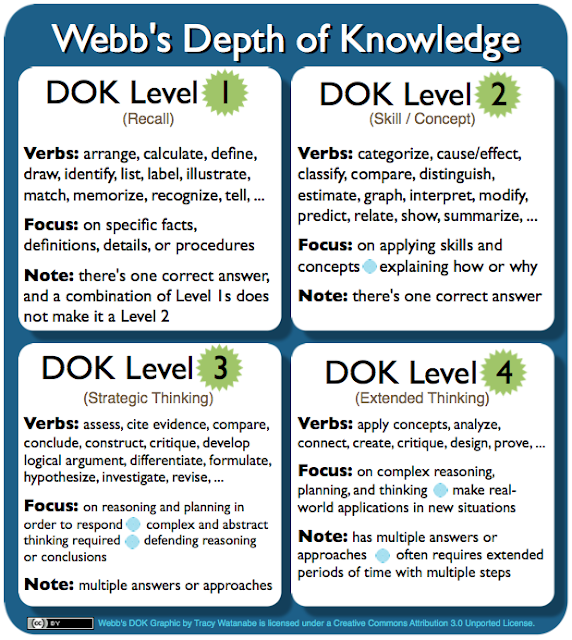Blended Learning in AJUSD
Our district focuses on creating 21st century, student-centered classrooms. We want classrooms filled with student collaboration and discussion about their learning, connecting to the world around them.
Blended learning
Students learn in different ways, and at different paces. To address these needs, we've been piloting blended learning in two high school classrooms.
AJUSD's definition of blended learning is:
In class, they apply their learning by moving up Bloom's Taxonomy to create something that has real value and an authentic purpose.
New skills sets for teachers and students
The teacher's role shifts. He or she is no longer the sage on the stage delivering lecture, but something much more powerful--a facilitator. A great facilitator is part of the learning process, modifying and adapting to each individual, while moving the whole group along. The difference is, the content delivery now comes from more than just the teacher; it comes from the students, as well as online.
Facilitation of project based learning and online content requires a different skills set from the traditional lecturer. Finding a balance with blending the project based facilitation with the online content is difficult to achieve. It's difficult for teachers who are well versed in facilitation as well as teachers who are most comfortable with lecture. We are realizing the specific ongoing professional development needed to support teachers in the blended learning environment.
We've also found there is a shift in the student skills set. There's a learning curve for the students to shift from being fed the answers to having to work through the answers. To process the information, they develop their critical thinking and analysis skills more in the blended learning environment. They also develop their communication and collaboration skills while working in collaborative learning groups.
Final thoughts
There have been successes with blended learning, but it's not for everyone. We are still at the beginning phase of sculpting what our ideal blended learning classroom looks like. There is much we're learning through our pilot and how to improve.
We are dedicated to providing the best education for our students, and blended learning is a viable option.
 |
Blended learning
Students learn in different ways, and at different paces. To address these needs, we've been piloting blended learning in two high school classrooms.
AJUSD's definition of blended learning is:
Blended learning combines the best features of in-class learning with the best features of online learning. Online delivery allows student control over the time, place, path, and/or pace of their learning. In-class learning provides student-teacher interaction as well as opportunities for students to collaborate on challenging, project-based work.By having content online, students have more time on task. They can pause the content, go back to revisit lectures/lessons, and have control over the pacing of their learning.
In class, they apply their learning by moving up Bloom's Taxonomy to create something that has real value and an authentic purpose.
New skills sets for teachers and students
The teacher's role shifts. He or she is no longer the sage on the stage delivering lecture, but something much more powerful--a facilitator. A great facilitator is part of the learning process, modifying and adapting to each individual, while moving the whole group along. The difference is, the content delivery now comes from more than just the teacher; it comes from the students, as well as online.
 |
| Discussing Blended Learning with Senator Crandall |
We've also found there is a shift in the student skills set. There's a learning curve for the students to shift from being fed the answers to having to work through the answers. To process the information, they develop their critical thinking and analysis skills more in the blended learning environment. They also develop their communication and collaboration skills while working in collaborative learning groups.
Final thoughts
There have been successes with blended learning, but it's not for everyone. We are still at the beginning phase of sculpting what our ideal blended learning classroom looks like. There is much we're learning through our pilot and how to improve.
We are dedicated to providing the best education for our students, and blended learning is a viable option.
- What are the advantages/disadvantages of blended learning?
- How does the project based learning enhance student learning beyond just receiving content online, from a lecture, or a book?
- What types of learners benefit from blended learning?
- What would the ideal learning environment look like for you?
- What else should we think about regarding blended learning?



Comments
Post a Comment
Directions for posting:
1) Choose "Comment As" first. If you don't have a Google/Blogger account, you can choose Name/URL and type in your name, then place the web site that best describes you in the URL (i.e. www.ajusd.org). Or, you can choose "Anonymous".
2) You may need to press "Post Comment" more than one time.
It is always wise to copy your comment before pressing "Post Comment" just in case something happens.
3) Type in the word verification.
4) If you did everything correctly, it will state, "Your comment has been saved and will be visible after blog owner approval." If you do not get that message, please try again.
Click here for a tutorial on how to comment.
Thank you!